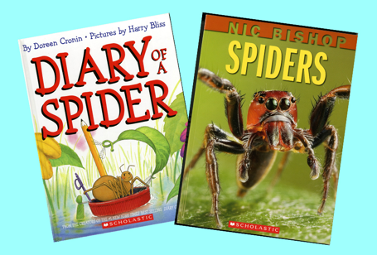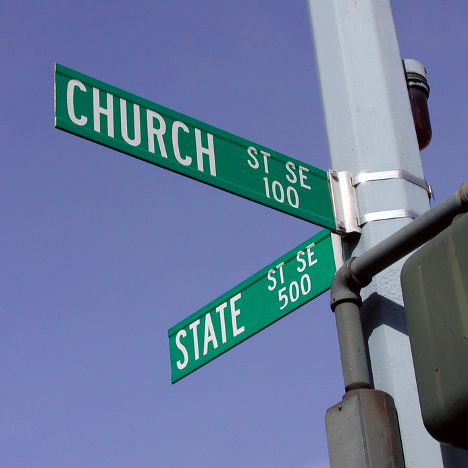In 1979 Norman Cousins, the long serving Editor in Chief of the now defunct literary magazine Saturday Review, published Anatomy of an Illness, laying out his belief that laughter can play a significant role in recovering from illness. Cousins was not without credentials in this area having also served as Adjunct Professor of Medical Humanities for the School of Medicine at UCLA. At the time of publication Cousins was fighting the debilitating effects of serious heart disease. His research into the biochemistry of emotions led him to believe that laughter could help in the healing and recovery from any diagnosis.
I read Cousins’ book and applied the strategy in 1986 when I was diagnosed with a serious neuromuscular disease called myasthenia gravis. The writers that brought Cousins so much pleasure – P.G. Wodehouse, S. J. Perelman and the like – didn’t do much for me. It wasn’t my humor, and besides, I couldn’t read. My symptoms included drooping eyelids and double vision, so I listened to tapes and comedy records by Billy Crystal, Robin Williams, and Woody Allen. They were gut-splitting funny and did a lot to increase my pleasure during a hard time. Mr. Cousins was on to something, and whether it’s books, music, film, or another art form the endorphins help us maintain or recover the good health we cherish.
I am reminded of this now in an odd way. Thanks to Netflix M and I have been watching reruns of Cheers, the 1980’s sitcom. I totally missed it the first time around. I was out of the country for the first few years (1982-1986) and without television for the rest (1987-1993). I don’t know what I would have thought of it at the time but I suspect I would have dismissed it. Generally speaking I don’t like situation comedies (Seinfeld notwithstanding).
But here’s the twist and how it works for us now: M loved the series and often talked about it nostalgically. I wasn’t interested but put it on our Netflix queue. Then one night she suggested we watch Episode #1 “for fun.” It was funny and real in a timeless sort of way. It was filmed before a live audience with no canned laughter and though it’s dated in some ways it captures a moment in time. The Boston bar was a sealed time capsule. After three or four episodes I was hooked and it has become our prescription after a difficult movie, a day filled with news of ISIS and other real life drama, or the need for some brainless laughs. It’s a soporific just before bedtime.
Cheers ensemble cast had all the right chemistry for a Boston-based story – a handsome, randy, bar owner who had a run as a Red Sox pitcher (Sam Malone), local regulars (Norm and Cliff), intellectual poseurs (Kramer and Diane), lower class Italians (Carla and Nick), a couple of numbskull bartenders (Coach and Woody) and the on-again off-again romance of a commitment-phobic bachelor (Sam) and a hopeless romantic (Diane). It’s a delicious mix of quirky characters fed great lines by a bunch of very clever writers.
So far, M and I have watched 110 of the 275 episodes that aired between 1982 and 1993. Bless Netflix; each one is 23 minutes long and they fly by uninterrupted by commercials.
The whole experience is further enhanced by modern technology. Our son, Jon, gave us a device called ROKU that, with the aid of an HDMI cable, plugs into the back of our bedroom TV, so we can, and often do, go to bed, select ROKU as the AV Source, click on Netflix, and watch consecutive episodes of Cheers as the endorphins build, smile lines deepen, and our eyes slowly shut.
It’s not Don Quixote but Cheers is a happy pill that, more than Ambien, makes it easy to go to sleep with smiles on our faces and a few comic anecdotes in our memories.
Sam Malone was always looking for someone to sleep with and now he has us. I’m sure it’s not what he had in mind but we are very satisfied. It was great for us. Was it good for you too, Sam?

































